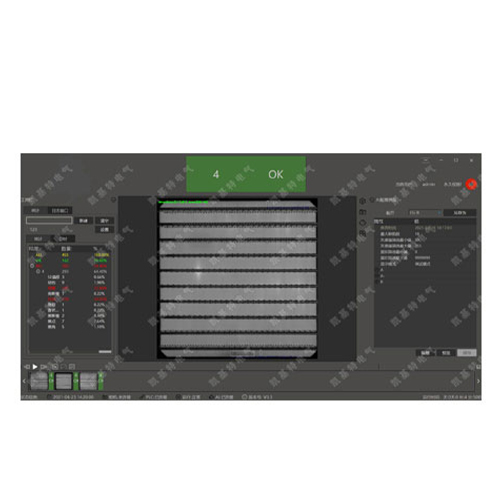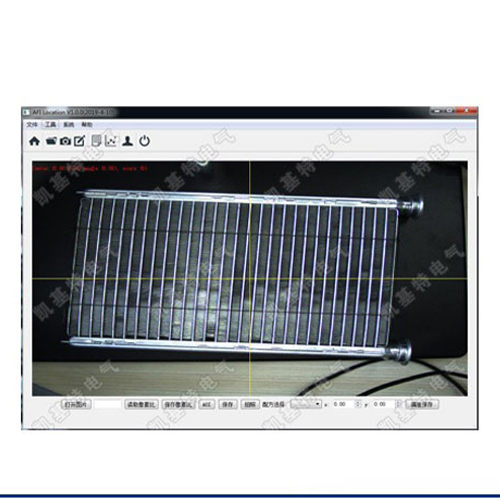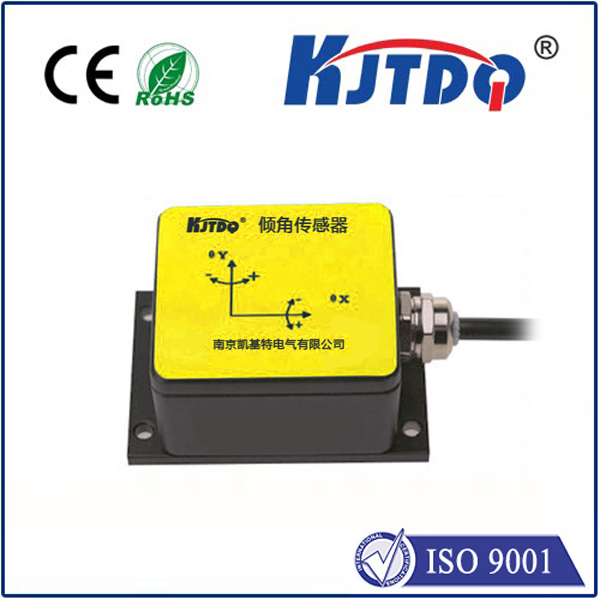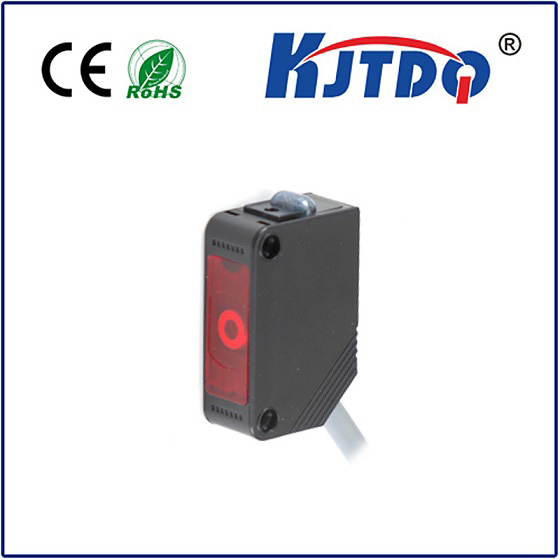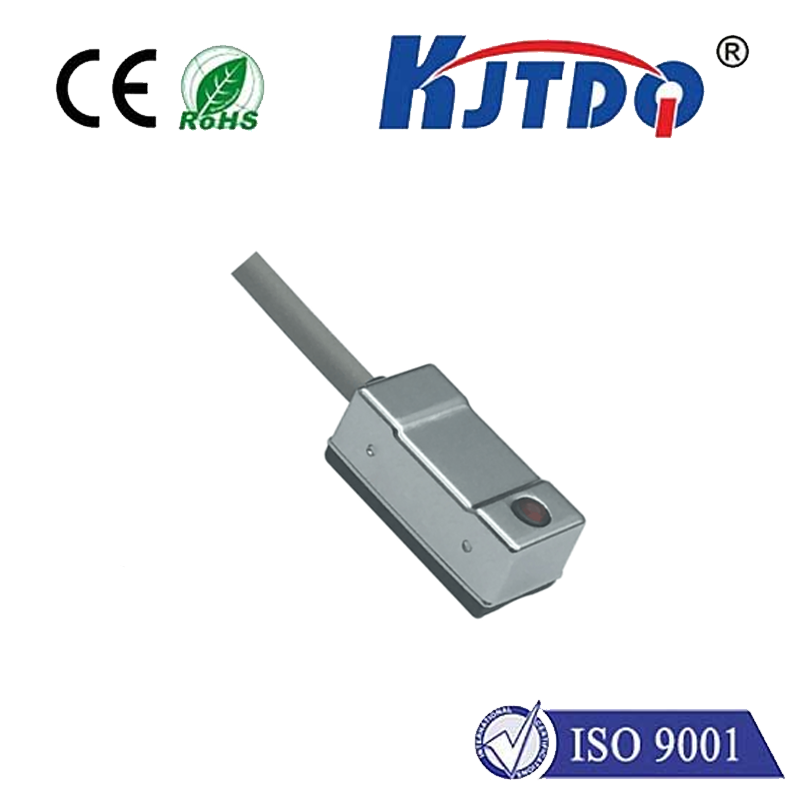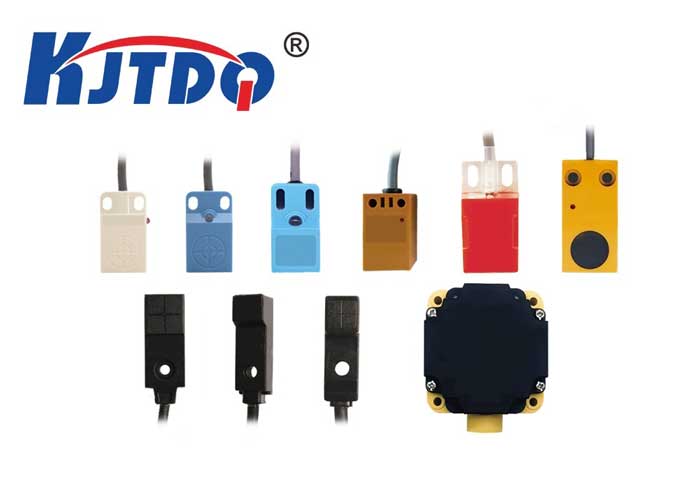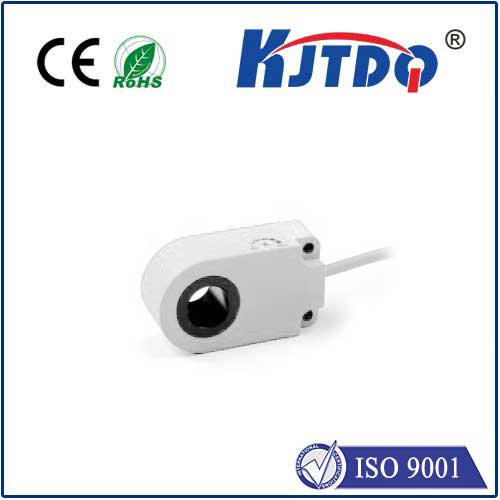

check

check

check

check
Imagine a high-speed packaging line suddenly halting because dust obscured an optical sensor. Or a robotic arm missing its precise placement due to a misread position. Constant vigilance against mishaps like these is the daily reality in industrial automation. Thankfully, a reliable and often overlooked technology – the capacitive barrel-style proximity sensor – operates silently to prevent such costly disruptions, ensuring processes run seamlessly around the clock.
Far more versatile than simple on/off switches, these robust sensors detect the presence or absence of virtually any object – metal, plastic, glass, wood, liquids, powders, or granules – without any physical contact. This non-contact capability is foundational to their reliability and longevity. This article explores the fundamentals, advantages, and diverse applications of capacitive barrel-style proximity sensors.
Understanding the Core Principle: Sensing Without Touch
At the heart of these sensors lies the principle of capacitive sensing. The sensor incorporates electrodes within its cylindrical (‘barrel’) housing, forming an active sensing surface at the front. When an electrical potential is applied, an electrostatic field projects outward from this surface into the surrounding environment.
The crucial detection occurs when a target object enters this electrostatic field. The object’s presence changes the capacitance – essentially the system’s ability to store electrical charge. The capacitive barrel-style proximity sensor’s sophisticated internal circuitry constantly monitors this capacitance. It triggers a clean, reliable output signal (like switching a transistor) once the change exceeds a pre-defined threshold, indicating the target’s detection. Critically, this happens without the sensor ever needing to touch the object it senses.

Why Barrel-Style Capacitive Proximity Sensors Excel in Industry
Several compelling advantages propel their widespread adoption across demanding industrial environments:
Key Applications: Where Silent Detection Drives Efficiency
The unique strengths of capacitive barrel-style proximity sensors translate into critical roles across countless industrial scenarios:
Beyond Basic Presence: Sensing Through and Beyond
A particularly powerful feature is their ability to detect objects through certain non-conductive materials. For instance, a capacitive barrel-style proximity sensor mounted outside a plastic sight glass can reliably detect the liquid level inside. Similarly, it can sense a product inside a cardboard box or verify the presence of tablets within a plastic bottle. This capability opens up numerous installation possibilities while protecting sensitive components.
Choosing and Optimizing Performance
While versatile, optimal performance requires consideration:
The Indispensable Backbone of Modern Automation
From ensuring bottles are filled on a beverage line to preventing robotic arms from colliding with unseen obstacles, capacitive barrel-style proximity sensors are fundamental components enabling safe, efficient, and reliable automated processes. Their unique blend of material versatility, environmental resilience, compact design, and non-contact operation makes them an exceptionally practical sensing solution. Whether it’s detecting a liquid behind glass, confirming a package exists on a conveyor, or monitoring granular levels in a hopper, these robust cylindrical guardians work continuously, silently preventing downtime and optimizing productivity across the vast landscape of modern industry.
